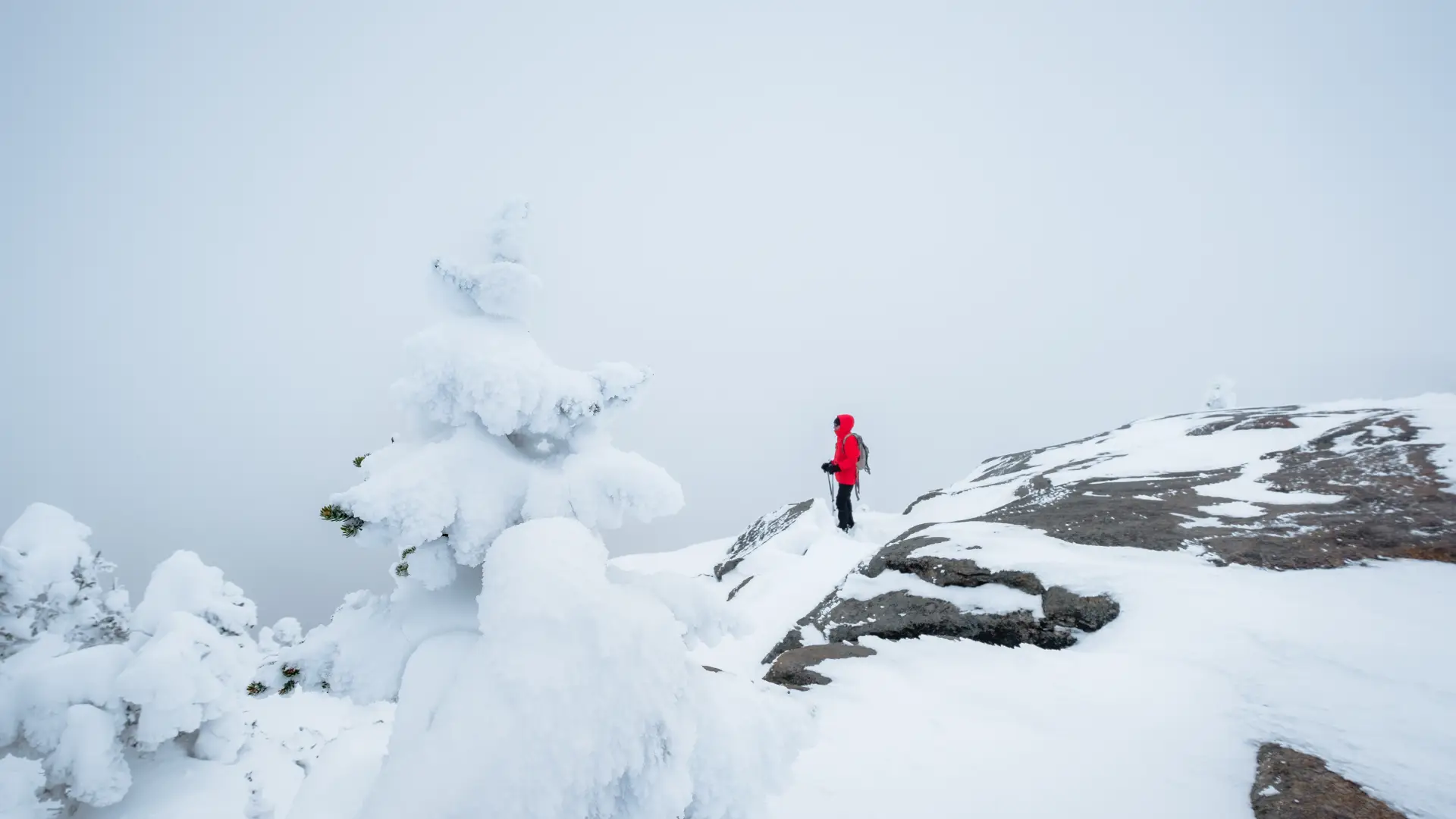Embarking on a hike or backpacking adventure is a thrilling experience that offers an opportunity to connect with nature, challenge yourself physically, and escape the demands of daily life. However, one of the most unpredictable aspects of outdoor activities is the weather. Sudden shifts in weather conditions can catch even the most seasoned hikers off guard. Rain, snow, high winds, or extreme temperatures can all dramatically alter the course of your journey, and being unprepared can quickly turn a fun trek into a dangerous situation.
But with the right knowledge and a solid strategy, you can handle unexpected weather on the trail effectively and safely. In this article, we’ll explore practical ways to prepare for and react to sudden weather changes, so that you can continue your adventure without compromising your safety or enjoyment.
1. Preparation: Know What You Might Face
The first step in dealing with unexpected weather is preparing for it. While it’s impossible to predict everything, having a general understanding of the conditions you might encounter helps you to make informed decisions and pack the right gear. Here are some key considerations when planning your hike:
- Check the Forecast: Always check the weather forecast for the area where you’ll be hiking before you leave. Although forecasts aren’t foolproof, they provide a good indication of the expected weather. Pay attention to the chance of rain, snow, wind, temperature fluctuations, and possible thunderstorms. Make sure to check for any weather warnings or alerts, especially if you’re heading into mountainous or remote terrain where conditions can change rapidly.
- Understand Local Patterns: If you’re hiking in a particular region, try to familiarize yourself with the typical weather patterns of the area. For example, mountain weather can change drastically in just a few hours, while desert areas may have extreme temperature swings between day and night. Knowing these patterns can help you anticipate potential shifts and prepare accordingly.
- Consider Seasonal Variations: Weather changes aren’t just abrupt—they also depend on the season. For instance, winter hikes require special attention to the possibility of snow, ice, and shorter daylight hours. In contrast, summer hikes can bring the risk of heatstroke, dehydration, or sudden thunderstorms in some regions.
- Assess Your Route and Elevation: Weather conditions can vary significantly based on your elevation and the terrain you’re covering. Higher altitudes tend to have cooler temperatures, and the weather can change rapidly. Even if the weather is mild at the trailhead, conditions higher up may be drastically different.
Packing the Right Gear
Once you have a sense of what to expect, you can pack for a variety of weather scenarios. Here’s a breakdown of essential gear for unpredictable weather:

- Layered Clothing: The key to handling a variety of conditions is layering. Base layers made from moisture-wicking materials (like merino wool or synthetic fabrics) will keep you dry and warm. Mid-layers, such as fleece or insulated jackets, provide warmth when needed. And an outer waterproof or windproof shell (such as a lightweight rain jacket or hard shell) can protect you from rain or wind.
- Rain Gear: A durable, lightweight poncho or rain jacket can be a lifesaver in unexpected downpours. Be sure your rain gear is breathable to avoid feeling damp and clammy inside.
- Sun Protection: Even in cooler weather, you can be exposed to the sun, so pack a hat, sunglasses, and sunscreen.
- Appropriate Footwear: Waterproof boots or shoes will help keep your feet dry during wet conditions. For snowy terrain, consider bringing gaiters to prevent snow from entering your boots.
2. How to React to Sudden Weather Changes
Even with the best preparation, the weather can still surprise you on the trail. Here’s how to stay safe and make quick, effective decisions when weather takes a turn for the worse.
2.1. Dealing with Rain
Rain can make a trail slippery, decrease visibility, and make the environment significantly colder. Here’s what to do when rain appears out of nowhere:
- Stay Dry: Quickly get out of wet clothes, as hypothermia can set in even in mild temperatures if you’re wet and exposed to wind. Seek shelter under a tree or an overhang if one is nearby.
- Make Use of Your Rain Gear: A quality waterproof jacket, poncho, or emergency rain cover for your pack is essential. If you don’t have waterproof clothing, use plastic bags to cover important gear, like electronics or extra layers.
- Stay on the Trail: Rain can make trails muddy and more difficult to navigate. Stick to established trails, as wandering off-path can damage fragile ecosystems, and getting lost in the rain is more likely.
2.2. Handling Snow and Cold Conditions
Snowstorms can turn a pleasant hike into a dangerous ordeal if you’re unprepared. Hypothermia, frostbite, and disorientation are real risks in cold, snowy conditions.
- Layering is Key: Wear multiple layers to regulate your body temperature. Insulated, moisture-wicking base layers combined with a down or synthetic insulation jacket will keep you warm.
- Emergency Shelter: If you’re caught in a snowstorm, create a shelter. Snow banks or trees can provide some protection, but if you’re equipped, you can build a snow cave for warmth. Always carry an emergency bivy sack or space blanket to shelter yourself if needed.
- Watch for Frostbite: In freezing conditions, frostbite can set in quickly. Pay attention to your extremities, especially fingers, toes, ears, and nose. If they become numb or feel tingly, it’s a sign that frostbite may be setting in.
- Track Time and Location: Shorten your hike if the weather looks like it will worsen. The shorter the time you spend in extreme cold, the better.
2.3. Surviving Extreme Heat
Heatwaves and high temperatures can be dangerous, especially in desert environments or during summer months in lower elevations. Dehydration, heat exhaustion, and heatstroke are serious threats.

- Hydration: Carry more water than you think you need, and drink regularly. Try to carry water purification tablets or a filter if you’re hiking in an area where water sources are scarce. In extreme heat, aim to drink water even before you feel thirsty.
- Avoid the Sun: If possible, hike during cooler hours—early morning or late evening—when the sun is less intense. Wear a hat, sunglasses, and long sleeves to protect your skin from UV rays.
- Rest Frequently: Find shade and take breaks in cooler areas. Try to minimize physical exertion during the hottest parts of the day, typically from 11 AM to 4 PM.
2.4. Facing High Winds
Strong winds can be an issue, especially in exposed mountain ranges or along ridgelines. Wind can sap body heat and make hiking dangerous if you’re not prepared.
- Seek Shelter: If the wind is particularly strong, seek out shelter behind boulders, trees, or any available cover. Avoid hiking on exposed ridgelines during extreme wind conditions.
- Proper Gear: Windproof jackets, hats, and gloves are essential. If conditions are extreme, use a bivy sack or shelter to protect yourself from wind exposure.
2.5. Thunderstorms and Lightning
The threat of thunderstorms is one of the most dangerous weather risks when hiking, especially in mountainous areas.
- Know the Signs: If you hear thunder or see lightning, head to lower ground immediately. Lightning strikes are more common at higher elevations.
- Avoid Conductive Surfaces: Stay away from tall trees, open fields, and metal objects, all of which increase your risk of being struck by lightning.
- Don’t Take Shelter Under a Tree: While it might seem like an obvious choice, standing under a tree during a lightning storm can be deadly. Instead, look for low, sheltered ground to wait out the storm.
- Wait It Out: If you’re caught in a storm, crouch down with your feet close together, minimizing your body’s contact with the ground.
3. Post-Storm Recovery and Safety
After the storm or unexpected weather event passes, it’s important to assess the situation and make decisions based on what’s changed in the environment:
- Reassess Your Plans: After dealing with unexpected weather, re-evaluate your hiking plans. Conditions on the trail may have shifted, making some paths impassable or dangerous. If needed, turn back and seek shelter.
- Monitor Your Energy Levels: Extreme weather can be physically draining. Make sure you are well-rested, well-hydrated, and properly nourished before continuing.
Conclusion
Dealing with unexpected weather on the trail is all about preparation, awareness, and quick decision-making. By carefully preparing, carrying the right gear, and knowing how to react in the face of adverse conditions, you can stay safe and keep your outdoor adventure enjoyable, no matter what nature throws your way. Whether you’re battling a sudden storm, braving snow, or enduring sweltering heat, being informed and adaptable will ensure you’re ready for whatever the trail has in store.























